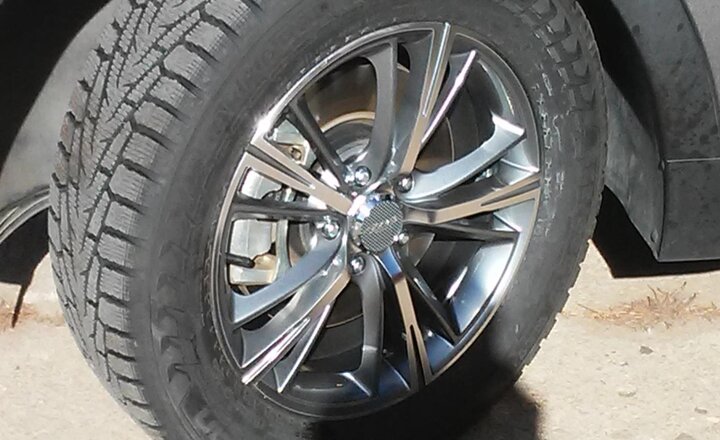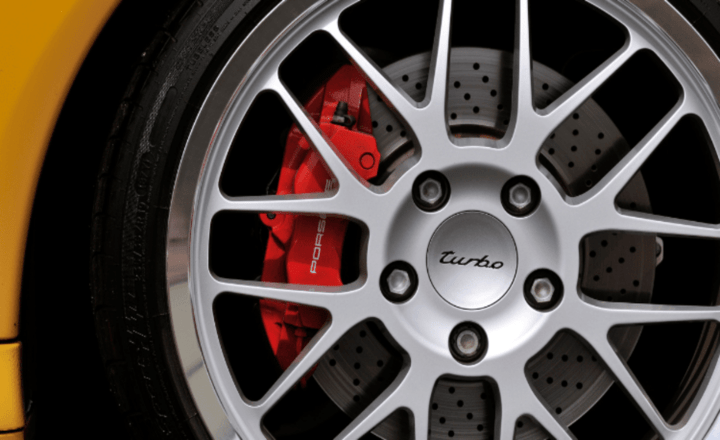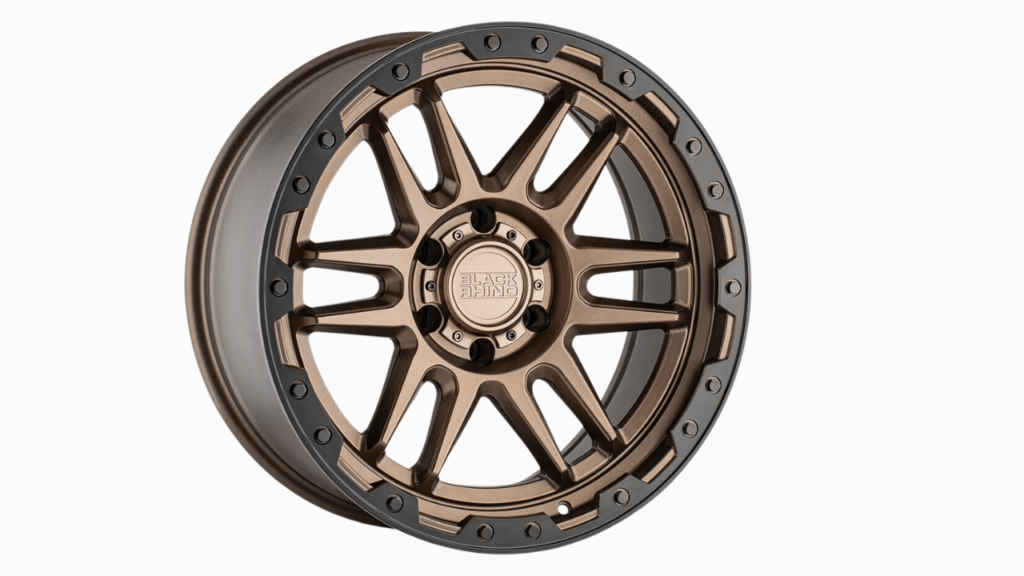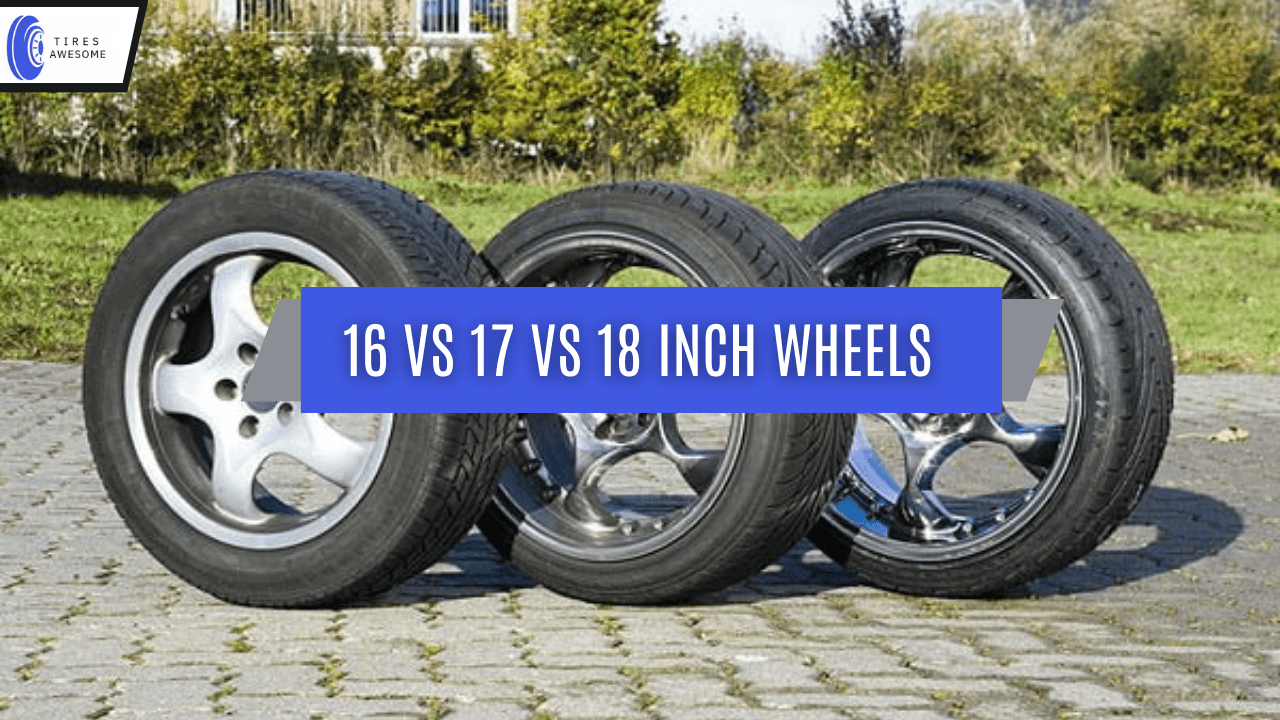Picking the right size from 16 vs 17 vs 18 inch wheels can be overpowering. It is difficult to determine which is best for your rough terrain vehicle. I’m a tired master who will make sense of the distinctions in tire sizes and assist you with picking the best one for going 4×4 romping.
I’ll investigate appearance, slowing down power, tire similarity, savvy taking care of, a foothold on extreme territory, and sound decrease. Let’s plunge into the universe of wheel sizes and track down the best one for romping.
16 Vs 17 Vs 18 Inch Wheels: An Overview Of The Differences
While settling on a vehicle wheel, it is fundamental to investigate the properties of each wheel completely, which should be painstakingly inspected before going with a last choice. The following is an outline of the differentiations between 17 vs 16 vs 18 inch wheels ride quality:
| 16-inch wheels | 17-inch wheels | 18-inch wheels | |
| Look | Least appealing | Less appealing | More appealing |
| Wheel Size | Smaller | Larger | Largest |
| Tires’ size for | Smaller | Larger | Largest |
| Cost Of | Cheaper | Costier | Costliest |
| Tires’ Cost For | Cheaper | Costier | Costliest |
| Brakes’ Size for | Smaller | Bigger | Biggest |
| Handing | Less stable | More stable | Most stable |
| Traction | Less traction | Better traction | Best traction |
| Acceleration | Best | Better | Good |
| Noise | Quiter | Noiser | Noisiest |
| Comfort | More comfort | Less comfort | Least comfort |
16 Vs 17 Vs 18 Inch Wheels: Detailed Analysis
After surveying the table, you will fathom the benefits and burdens of each wheel. If you are as yet dubious about which one is unrivaled, we offer an exhaustive examination of these wheels:
Look:
The 18 inch wheel is the most outwardly engaging because it considers a more polished string design on the tire. This upgraded string design adds style and fills a viable need by further developing footing. With better ground, the 18 inch wheel gives an unrivaled hold out and about, guaranteeing a more secure and smoother driving experience.
The 16 inch choice obliges much more modest tires; these tires will generally have less foothold and are more vulnerable to harm. Little wheels may not squeeze into the wheel curves of a vehicle. This hole between the undercarriage and turn can be filled by changing the wheel size by only 1 or 2 inches.
Wheels’ Size and Tires’ Size:
The 18-inch wheels hang out in this set because the tires for these wheels will be more contrasting than those 16 versus 17-inch wheels 4×4 vehicles. The size of the tire connects straightforwardly with the breadth of the wheel.
Picking a wheel size includes considering factors like feel, execution, and individual inclination. More modest wheels give better taking care of and more keen controlling reaction because of decreased weight.

Greater wheels are known for inflexibility and solidness, while more modest wheels are viewed as more adaptable. More modest tires intended for 16 inch wheels might perform inadequately and could be more impervious to the effect of potholes and rocks.
Wheels’ and Tires’ Cost:
The expense of haggles is straightforwardly affected by their size, with bigger sizes bringing about greater costs. Greater tires add to upgrading a vehicle’s towing limit. Developing bigger haggles requires an extra labor force, assets, and time. An 18 inch wheel is supposed to be pricier than its more modest partners, similar to 16 or 17 inch wheels.
The 16 inch wheels are more modest and frequently give the most savvy choice for vehicle proprietors on a careful spending plan. We have the 17-inch wheels, which have an equilibrium cost and an incentive for cash. They offer superior style and execution without burning through every last dollar.
Brakes’ Size:
The 18 inch wheel has the biggest brake size. When you have bigger wheels, it considers the establishment of bigger brakes.
It’s critical to note that large and weighty wheels may not be reasonable for your slowing mechanism because raising your wheel size by 10 inches will bring about a 10% reduction in brake execution. Greater wheels, like 17 and 18-inch choices, benefit from heat resistance produced by erosion.

Dissimilar to more modest wheels requiring little brake cushions, greater wheels need bigger brakes to deal with the expanded strain. Bigger brakes mostly outflank more modest ones because of the upgraded surface region given by the spots and circles.
Handling:
The 18 inch wheels stand apart as the best decision. Their bigger size adds to upgraded driving soundness, considering the expanded sidewall. Among these three, the 16 inch wheel will generally have a taller sidewall, which can adversely influence steadiness.
The expanded level of the sidewall is considered more flexible while driving on asphalt. This adaptability can prompt a less steady driving experience as the tire might bob or misshape marginally during turns or unexpected developments, compromising by and large taking care of execution.
Traction:
These more extensive tracks offer an expanded grasp/foothold, which is fundamental for security out and about. This examination shows that the 18 inch wheel gives the best footing among the three choices.
The 18-inch wheel is predominant with its bigger surface region, connecting with the street and giving an improved foothold. This implies a better grasp, particularly while driving in testing conditions like mud, ice, or rough territory.
More extensive wheels add to the prevalent grasp during brutal driving situations. More modest wheels are more financially savvy and more open to deal with on normal streets. However, they can need a foothold.
Acceleration:
The 16 inch wheel is the top decision among its partners. More modest wheels have been demonstrated to have unrivaled speed-increase abilities. The 16 inch wheel considers quick and agile development, permitting the motor to apply less power while accomplishing wonderful speed.
Bigger wheels might give your vehicle a smooth appearance but can likewise increase its speed. It takes longer for the car to acquire a rate than more modest wheels. The distinction in speed increase could be promptly perceptible if you have, as of late, changed from an alternate twist.
Noise And Comfort:
The 16 inch wheels start to lead the pack. These wheels produce the smallest clamour, making for a smoother and quieter ride. The adaptability converts into improved solace, as more modest tires can ingest street blemishes without much of a stretch.
One key component adding to the agreeable ride given by more modest tires is the airpad they make. The air pad assists with decreasing the effect of knocks on lopsided streets, bringing about a smoother driving encounter.
16 Vs 17 Vs 18 Inch: Which Is Best For Off-Roading?
The decision of wheel size can fundamentally affect your exhibition on harsh landscapes. While there is no general solution to which wheel size is unrivalled, every choice presents its advantages.
18 Inch Wheels:
The 18 inch wheel runs, as the triumphant benefit of having a taller wheel is its capacity to explore rough scenes more easily. These landscapes frequently incorporate strong knocks and complex surfaces that require a more significant level of mobility.

Its enormous tire includes profound tracks that give a remarkable foothold, allowing you to easily explore through sloppy surfaces and climb steep slopes. The bigger size of the wheel safeguards the casing from brutal landscapes. This increments clamour levels during rough terrain undertakings, unlike a goliath-measured wheel, which can require bigger brake cushions.
16 And 17 Inch Wheels:
While the 16-inch wheel appears to be a feasible choice, it only holds up a little compared with its partners, the 17 and 18 inch wheels. The 17 inch wheel is a solid decision for going romping undertakings.
Conclusion
When going mud romping, the decision between 16 vs 17 vs 18 inch wheels relies upon the driver’s particular requirements and inclinations. Each size has upsides and downsides for execution, ride quality, and tire choices. More modest 16-inch wheels give better footing and padding on harsh landscapes.
Somewhat bigger 17-inch wheels balance rough terrain capacity and on-street solace. Bigger 18-inch wheels look snappy; you may think twice about street execution with less sidewall level. Drivers should consider their ideal presentation and solace level to make the best decision for going 4×4 romping.
FAQs
What Size Tires Are Best For Off-Roading?
Find the ideal rough terrain tire size for your SUV, CUV, or truck at RBP. Finding the right fit has forever been trying, with choices from 31 to 40 and supporting wheel breadths of 15 to 26. Browse famous sizes like 33, 35, and, surprisingly, up to a gigantic 37, or infrequently a vigorous proportion of 40.
Are 17-Inch Wheels Good For Off-Roading?
Going mud-romping fans frequently find that 17 inch wheels are ideal for vehicles like Jeeps, Toyota Tacomas, medium-sized trucks, SUVs, and numerous others, besides the fact that these rough terrain wheels upgrade the vehicle’s capacity to handle unpleasant territory.
Can I Replace 16-Inch Wheels With 18 Inches?
The size of the edge decides the kind of tire you can fit. If you change from a 16-inch rim to an 18-inch edge, switch to an 18-inch low-profile tire to keep up with a similar external measurement. If you pick 18-inch high-profile tires, your general level will increment by 2 inches.

